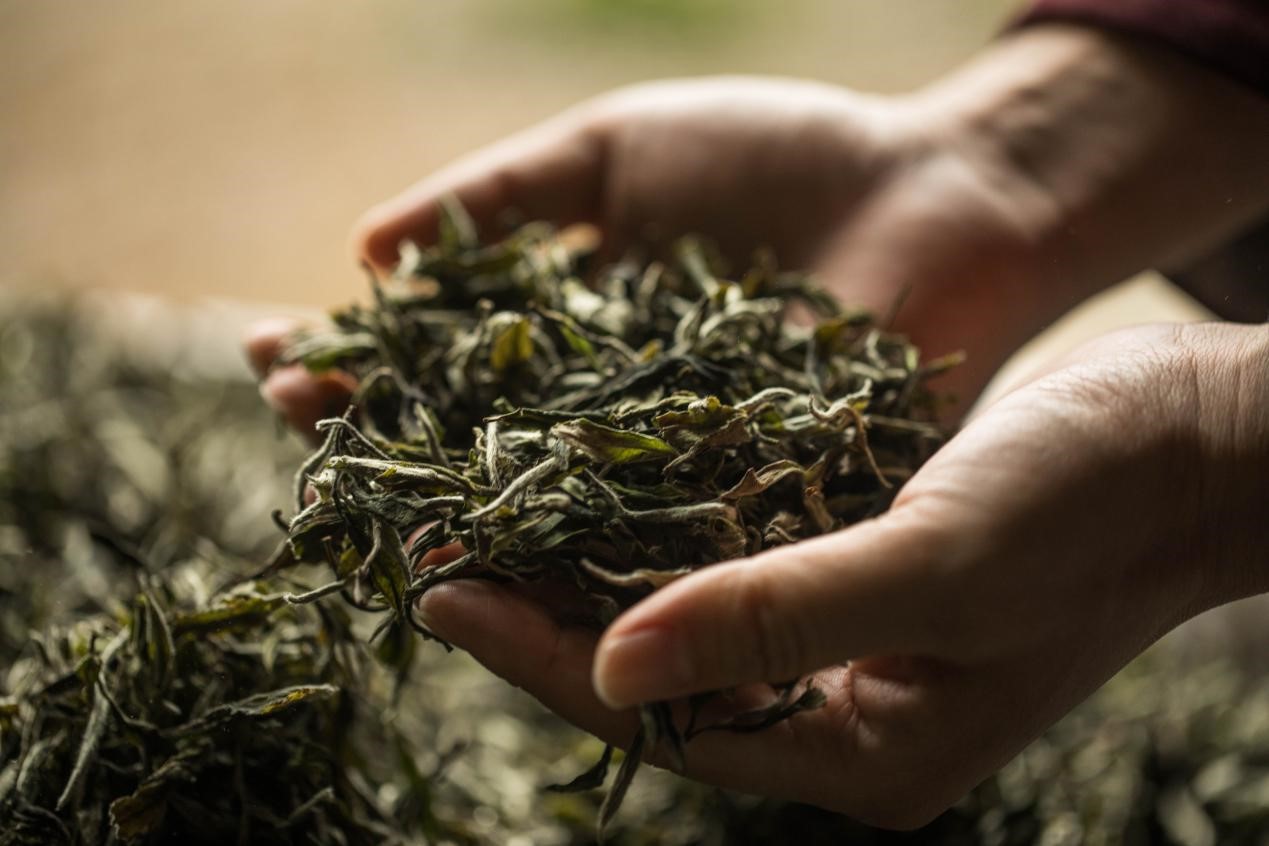
RNA sequencing (RNA-seq) is a cost-effective and ultra-high-throughput sequencing technology that provides an efficient way to measure the whole transcription profile of a given species of interest. Camellia contains many important horticulture plants that are extensively used for making tea, edible oil, and ornamental flowers. In the last decades, increasing studies have launched to generate the transcriptome of Camellia plants at different developmental stages or under various abiotic and/or biotic stress to investigate the genetic basis of secondary metabolites that determine the tea and oil quality. We have examined almost entire available published scientific literatures describing the transcriptome sequencing experiments on tea plant and its closely relatives (as of August, 2023). These data resources freely serve the entire tea research community, and be of significance for the future genetic engineering, functional genomics and population genetic studies in Camellia.
Overview
Overview of the currently released Camellia transcriptomes (as of August 1, 2023).
| Organism | Cultivar | Bud | Leaf | Flower | Seed | Stem | Root | Year | Pubmed | Desc |
|---|---|---|---|---|---|---|---|---|---|---|
| Major sequenced tissues | ||||||||||
page 1 of
Note: the tissues of Camellia plants used for transcriptome sequencing are colored with green.
Update: 2023-01-10
All assemblies
Transcriptome assembly of the representative Camellia species.
| Organism | Number of unigene | Average length (bp) | N50 (bp) | GC (%) | Download |
|---|
page 1 of
*Note: the transcriptomes from two varities of C. sinensis are used to represent the transcriptome of cultivated tea plant (Xia et al., 2017; Wei et al., 2018).
The completeness of transcriptome assembly was evaluated using plant Benchmarking Universal Single-Copy Orthologs (BUSCO) datasets (http://busco.ezlab.org/).
Update: 2023-01-10
Functional annotation
Select species:
Functional annotation of transcript is listed below:
| Unigene ID | Length(pb) | Swiss-Prot | PFAM | Gene Ontology | KEGG | InterPros | KOG | COG |
|---|
page 1 of
EST polymorphic SSR
Transcription Factor
Map to tea plant genome
Mapping other transcriptome assembly